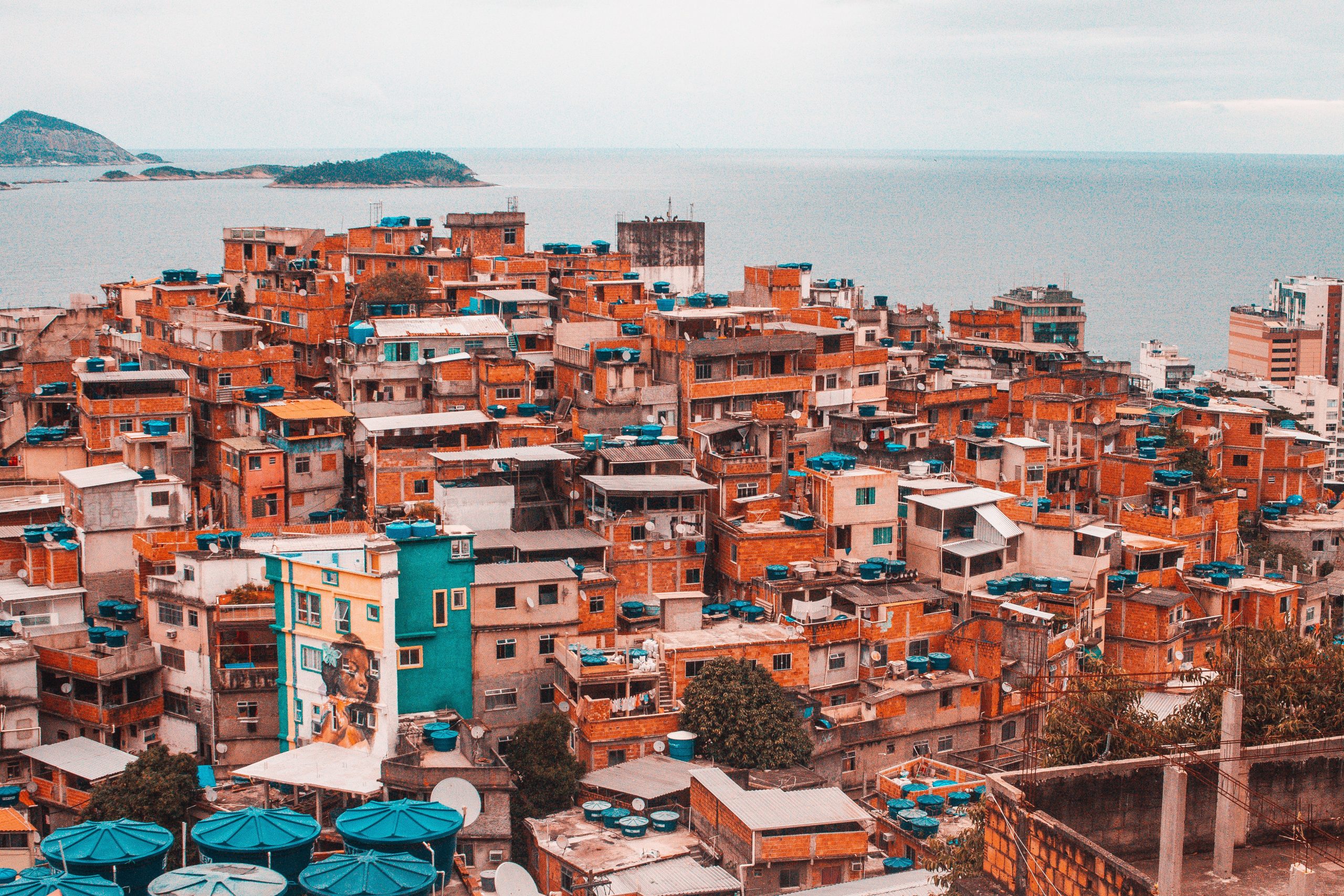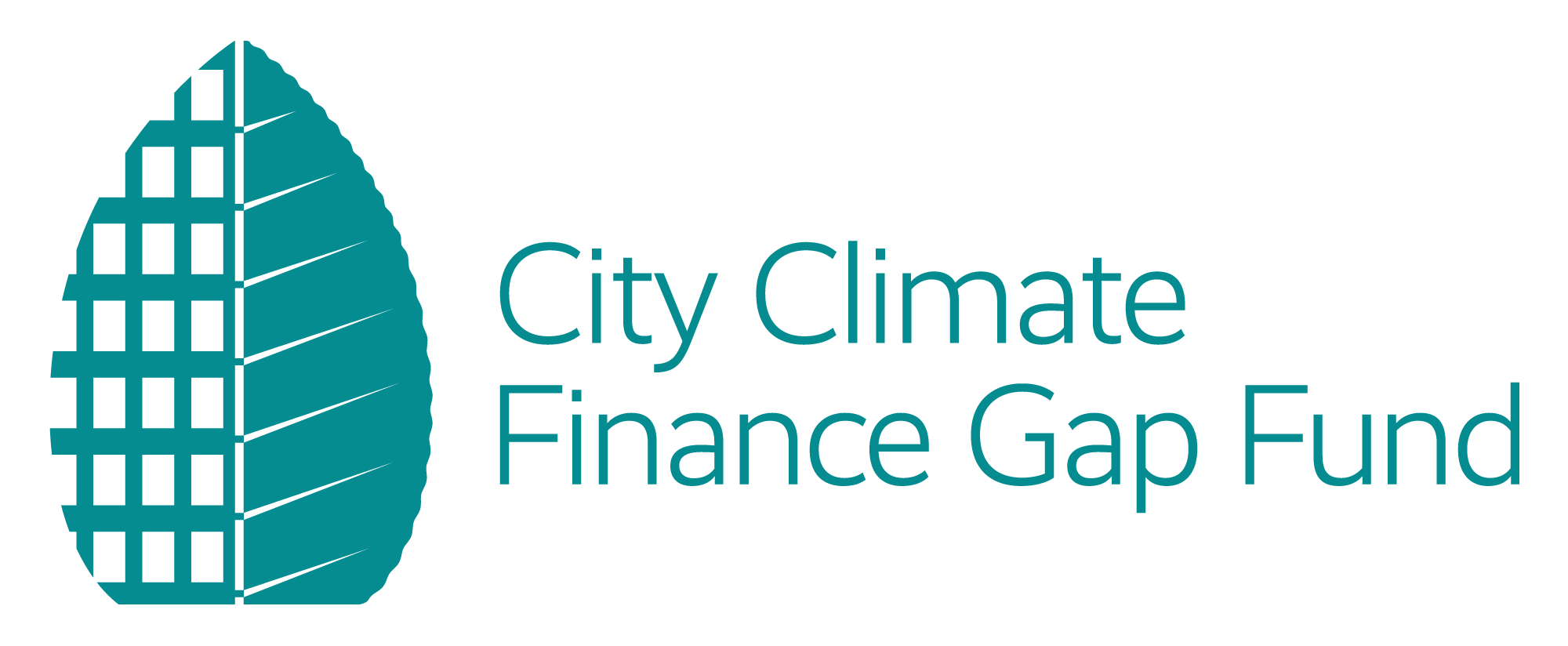City Climate Finance Gap Fund aims to expand technical assistance to new cities

With lessons learned over its two years of operation, the Gap Fund climate initiative aims to expand its technical assistance to as many as 40 new cities in the upcoming year
Cities are vulnerable to the effects of climate change, but they also contribute as much as 72% of global greenhouse gas emissions. That makes them ideally placed to take a leading role in global climate action.
The City Climate Finance Gap Fund is a multi-donor initiative established in September 2020 that aims to help cities in developing and emerging countries realise their climate ambitions by turning low-carbon, climate-resilient ideas into strategies and finance-ready projects. The World Bank and the European Investment Bank jointly implement the Gap Fund through two trust funds, in close cooperation with key partners including C40, Global Covenant of Mayors for Climate and Energy, Local Governments for Sustainability, and Cities Climate Finance Leadership Alliance. On the EIB side, Gap Fund activities are implemented in partnership with GIZ.
During its second year of operation, which concludes this September, the Gap Fund has worked towards scaling up climate change mitigation and adaptation in cities by filling the critical gap in technical assistance funding at the early stages of planning and project design. The result: impact towards an easier transition for cities to low-carbon pathways. The Gap Fund proved once again that it is fit for purpose.
Technical support for low-carbon, climate-resilient city development
Up to September 2022, the Gap Fund approved technical assistance (TA) to 95 cities in 36 countries to transform their climate ambitions into finance-ready projects. The cities supported are located in Ethiopia, Vietnam, Indonesia, India, Democratic Republic of Congo, Yemen, Ukraine, Philippines, Colombia, the Maldives, Senegal, Tanzania, Kenya, Uganda, Côte d’Ivoire, Cambodia, Mongolia, Panama, Argentina, Mexico, Brazil, Honduras, Guatemala, Ecuador, Mali, Rwanda, Morocco, Egypt, Turkey, Montenegro, Kosovo, Albania, Vanuatu, the Philippines, China, and South Africa. The Gap Fund helps them:
- identify the sources of urban greenhouse gases
- design scenarios to see how urban growth and form will affect future emissions
- prioritize essential policies and infrastructure investments for cities
- analyse alternative technical solutions to reduce emissions and build resilience
- explore potential business models and define project concepts
- carry out pre-feasibility studies and prepare for next stages in the project cycle
All this is across a wide range of sectors: climate-smart urban planning, solid waste management, energy efficiency and small renewables, sustainable mobility, nature-based solutions, and water and flood risk management. The Gap Fund also helps coordinate local and national climate change action planning to build low-carbon, resilient, and liveable cities.
A number of TA assignments are close to completion or completed, including:
- An analysis of technological options and estimated the amount of biogas that could be produced by a small-scale anaerobic digester at the Port Vila Central Market, Vanuatu, together with a cost benefit analysis to identify the most efficient solution.
- In the case of Makindye, Nira, Entebbe and Nansana, Uganda, the Gap Fund is supporting a comprehensive assessment of the available feedstock for organic waste recovery facilities, an analysis of alternative organic waste recovery systems and a draft project concept.
- In Prishtina, Kosovo, an Urban Performance tool evaluated the city’s current sustainability and developed three urban growth scenarios for 2040 to compare the possible trajectories that the city could take in the next two decades. The analysis was conducted at the city scale and at the national scale.
- The Gap Fund supported the climate smart urban development in Addis Ababa by (i) integrating Climate Smart Capital Investment Plans into urban development planning, and (ii) preparing an integrated action plan, including policy actions, prioritized investments and institutional building towards green, climate-resilient urban development.
Partnerships and knowledge sharing
Beyond technical support for selected cities, the Gap Fund actively promotes partnerships and knowledge-sharing. In 2022, the Fund produced several technical knowledge products, including:
- The Analysis of Climate Action Plans in Latin America and the Caribbean
- Enhancing Climate Financing in China’s Cities
- The Implications of Electric Vehicles for Urban Public Space
- Low-Carbon Slum Upgrading, Global Urban Carbon Emissions – Data Sources
- Methodology to Assess Reduction Pathways for Greenhouse Gas Emissions – An Urban Approach.
Moving forward the Gap Fund is going to further deepen its cooperation with its partners to:
- raise awareness of cities and city networks about the Gap Fund, its activities, the types of support available and the process for preparing an application
- conduct outreach activities to promote low-carbon, climate-resilient city development
- provide capacity development support for city governments to identify and overcome challenges in evolving sustainable energy and climate action plans into projects that can contribute to climate change mitigation and adaptation outcomes
Gap Fund climate project lessons so far
Cities face even greater budgetary and human resource constraints, as a result of the COVID-19 crisis. Climate-related events over the summer of 2022 have highlighted the urgent need for effective climate action to protect the lives of urban dwellers. Consequently, cities and local authorities have shown great interest in the support provided by the Gap Fund, although their needs often extend far beyond what our instrument can provide. In some countries, there is a need for support even at the stage of preparing the request, to ensure its focus on climate impact and the support requested are clearly defined. The role of partners, such as city networks, can prove crucial in this regard.
A large number of requests came from small and medium-sized cities, indicating a widespread awareness and interest in urban climate action. However, reaching a sufficient scale and level of climate ambition is important for a facility like the Gap Fund, whose aim is ultimately to support projects that will be bankable in the future. As such, the Gap Fund is striving to develop models to work at scale, such as partnering with national governments and local development banks to better answer the needs of small and medium towns.
Next for the Gap Fund climate project
In the next year, the Gap Fund will continue to accelerate the implementation of city-level technical assistance, built on its experience and results. The aim will be to promote knowledge sharing, to raise awareness about the Gap Fund, and to facilitate access of cities to the most relevant approaches, tools, and platforms for low-carbon and resilient urban development.
As a result, the Gap Fund targets 40 more cities to be added our portfolio in 2023. The World Bank and the European Investment Bank will also continue working with key partners to raise awareness about the Gap Fund, organizing in-person and virtual peer-to-peer learning and knowledge-exchange activities on low-carbon, resilient urbanization at the city, regional or global levels.
